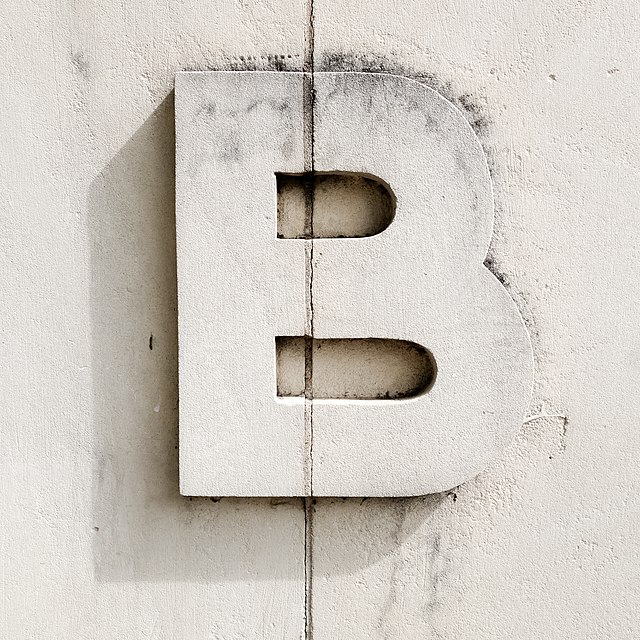Five things to remember:
Plan your board before the lesson. Planning is not just about making sure you have enough space to write up what has been said but also a way of ensuring that the important points of the lesson are clear and obvious. One way of doing so it to divide your board into 3 sections (see below) with the top row containing the main learning point, the right-hand column being used for new word or expressions and the bottom row for impromptu work resulting from work during the lesson e.g. examples, mistakes and their corrections.
Be consistent. If you adopt a particular way of presenting work on the board for one lesson, try, if possible to plan your board in this way for the following lessons. Such predictability will help learners access the new and important points of any lesson and greatly speed their own note-taking. Similarly, be consistent not only in your use of capitals, punctuation and hand-writing but also in your use of conventions to label items on the board e.g. if you are going to classify new words according to meaning, form or sound one lesson, then do so in the next one as well.
“It’s not what you write, it’s the way that you write it.” An organized board will be reflected in the learners’ notes and notebooks therefore helping memory, understanding and learning. Your board should not just be a record of forms (e.g. grammatical structures) but also their meanings and any associated features of pronunciation. Use different colours to indicate these and encourage learners to reflect these in their notes to facilitate access at a later stage.
“A picture paints a thousand words.” What is written on the board will often describe something best remembered as a drawing or a picture. There is little point in trying to define the word “house” when one can be simply drawn and the meaning conveyed. Illustrate the words you write – use stick figure to describe actions, faces for emotions – always remember that no matter how bad your drawing, it may in fact be very helpful to the learners.
Chalk-talk-walk. Interact with the board verbally and non-verbally. Try to fill the silence often associated with board-writing by regularly turning to the class and reflecting on/repeating/summarising what you have written and asking them to exemplify further. Once you have finished writing up the learning point and its examples, move away from the board and in amongst the learners, again reflecting on/repeating/summarising what you have written but at the same time checking that learners are writing down the right things in the right way.



